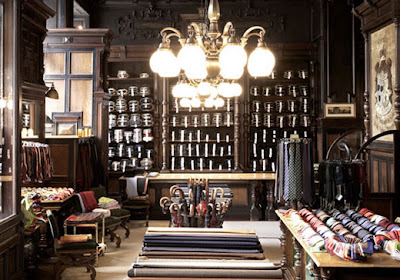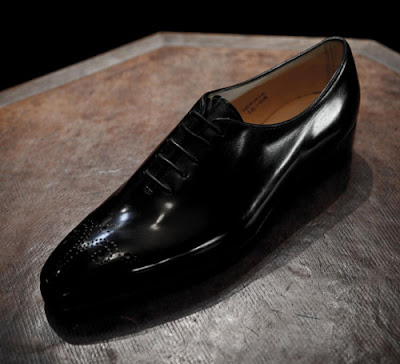You know how you flick through men’s magazines, hoping against hope that there will be an inspiring fashion shoot of suits, ties and shirts, demonstrating bold colour combinations you hadn’t considered, illustrating textbook use of pattern density and pushing the boundaries for contrast in texture? Styling that encompasses the rich past of menswear yet energising it with effective modern interpretations?
Well I do. And outside an occasional spread in the Esquire Big Black Book, and slightly more frequent line-ups in The Rake, they are hard to find. Inspiration for me more often comes from runways, blogs like The Sartorialist and men I just see around on the street.
Which is ironic. Because the illustrations from Esquire that are collected in Men in Style are a composite of those inspirations: what men are wearing, slightly idealised, and slightly styled. No one sits quite that nonchalantly assembling his fishing rod, perched on the edge of the desk. But men are wearing wide peaked collars with single-breasted suits. And the pattern combination among check, herringbone, stripe and crocodile is certainly inspirational.
Esquire was some magazine, containing articles and stories by writers like Ernest Hemingway, Dashiell Hammett and John dos Passos. It was progressive, boldly printing a tale by a black author about a romantic multi-racial triangle – at readers’ request. And most importantly, it employed some great illustrators – particularly Laurence Fellows, Leslie Saalburg and Robert Goodman. Each had their strengths, but all could paint texture, cloth and drape extremely well. This was their primary skill – where modern fashion shoots focus on atmosphere at the expense of detail, these illustrations showed the shine of every button and the subtlety of every pattern.
Those were the good old days, you may say. No one would produce that kind of thing now. But when Esquire launched it was entirely unique on the newsstand. As Woody Hochswender says in his introduction, “the conventional wisdom was that men were not interested in fashion, at least not interested enough to be caught dead looking at it in a magazine.” So Arnold Gingrich, the founding editor, sought articles “substantial enough to deodorise the lavender whiff coming from the mere presence of fashion pages.”
Men’s fashion magazines today feature many articles. But you wouldn’t call many of them substantial. If I see another grooming piece telling me how to shave I’ll kill someone. Hemingway it ain’t.
The original Esquire was brave and different. And it launched as the world clambered out of global recession. Coincidence?







 The Wolverine isn’t exactly my style and I’ve never been a big fan of untextured brown cordovan, as the Indy Boots are made from; personally I’d go for the Rider Boot shown below – a made-to-order version in black with a red lining and sole. But you can’t argue with the sales figures.
The Wolverine isn’t exactly my style and I’ve never been a big fan of untextured brown cordovan, as the Indy Boots are made from; personally I’d go for the Rider Boot shown below – a made-to-order version in black with a red lining and sole. But you can’t argue with the sales figures. The Indy Boot is an example of another trend too – of Leffot growing from a simple retailer to a creator of its own products. Long a popular route for made-to-order shoes from Rider, Gaziano & Girling and the like, the Exclusive JC Indy was a special commission for the store named after a customer, Mr JC. The blue Greenwich boot from Alden with ‘water lock’ waxed soles (below) was also an exclusive.
The Indy Boot is an example of another trend too – of Leffot growing from a simple retailer to a creator of its own products. Long a popular route for made-to-order shoes from Rider, Gaziano & Girling and the like, the Exclusive JC Indy was a special commission for the store named after a customer, Mr JC. The blue Greenwich boot from Alden with ‘water lock’ waxed soles (below) was also an exclusive.
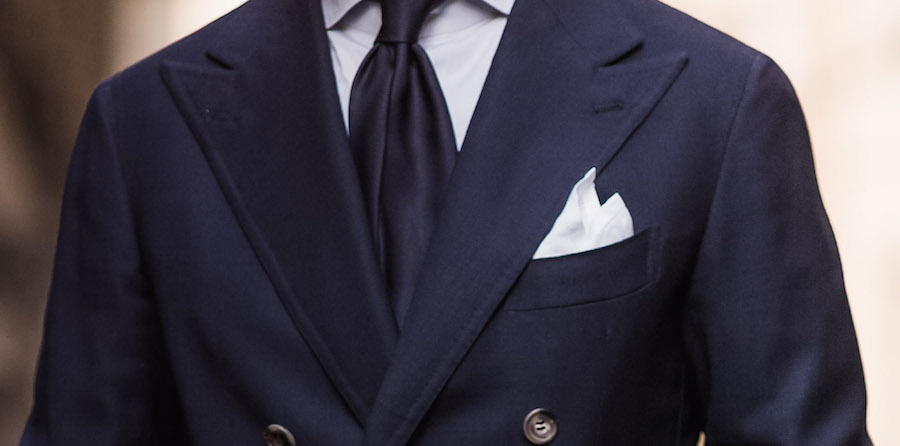
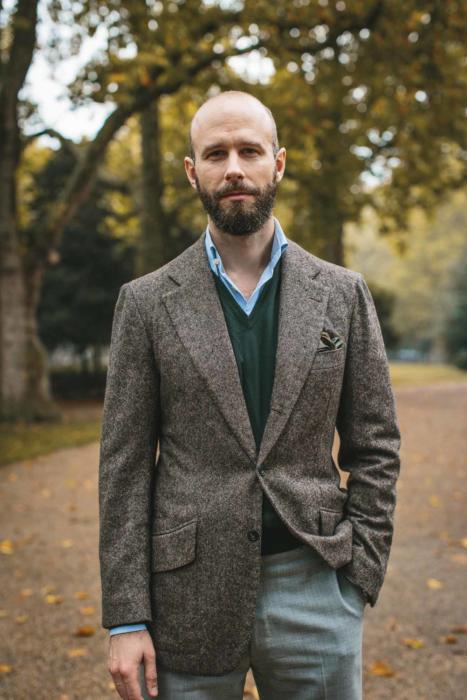
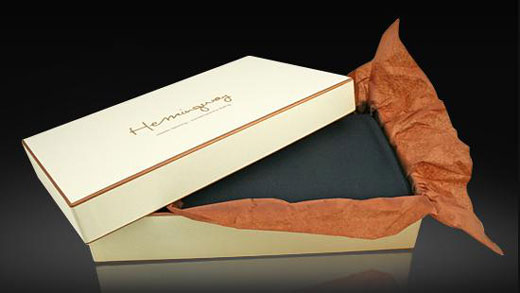






 WJN is best known locally for its fabrics, which are imported from England, Italy and locally in Austria. Several bespoke tailors operating in Prague, Bratislava and Budapest visit the shop in order to cater to clients, rather than there being a dedicated tailor on site.
WJN is best known locally for its fabrics, which are imported from England, Italy and locally in Austria. Several bespoke tailors operating in Prague, Bratislava and Budapest visit the shop in order to cater to clients, rather than there being a dedicated tailor on site.